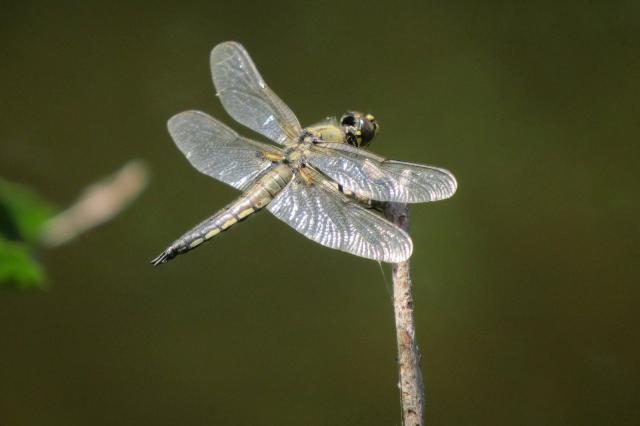
INTRODUCTION:
The effectiveness of the planning and management tools depends to a large extent on having up-to-date information on the state of conservation of the species, that is, over their natural state of distribution, on their population dynamics and on the conservation status of their habitat, as well as of the main threats and pressures that they face.
Annually, in Castilla y León, scientific studies and technical work is carried out on different species of community interest linked to water that is largely dispersed and in inaccessible formats to make agile consultations about its state of conservation, missing valuable information for the planning, monitoring and evaluation of affections to Natura 2000 Network.
In order to be able to evaluate and report every six weeks to the European Union on the conservation status of species of community interest in the Mediterranean biogeographical region, it is essential to have information regularly on certain parameters associated with these values. Natura 2000 network (population dynamics, natural distribution area) of species, surface area and habitat trend of the species).
There are taxonomic groups of which, in general and specifically in Castilla y León, there is little knowledge about their conservation status, so it is appropriate to invest a greater effort in obtaining basic information, since due to their biological characteristics they pass in many cases unnoticed and whose study requires specialized staff. In parallel, it is important to update information on certain bird species, which although are of a well-known taxonomic group, are good indicators of the state of conservation of riparian and wetland ecosystems.
The groups inventoried by the experts have been: odonates (dragonflies and damselflies), amphibians, bats, mollusks, Iberian desman and four species of birds (Lesser woodpecker, kingfisher, European roller and wryneck).
OBJECTIVES
In the framework of this action, the elaboration of an inventory of species of community interest in the Natura 2000 Protected Areas linked to water, as well as of certain taxonomic groups that are considered good indicators of the quality of the river ecosystems and wetlands that there is little knowledge of them at the level of Castilla y León.
Given that one of the objectives of the LIFE project is the realization of a monitoring program that allows to evaluate the conservation status of the Natura values, essential to comply with the obligations derived from the Community Directives (Habitats and Birds) and the Law 42/2007, of December 13, of the Natural Heritage and Biodiversity; the hired specialists were asked to make a proposal for a simplified methodology that could be applied for the subsequent monitoring of the evolution of the populations, in addition to the memory of the inventory work carried out, and the compatibility of the results of the study with those obtained in that follow-up.
EXECUTION AND RESULTS:
In the framework of this action, an analysis of the genetic diversity and prevalence of afanomycosis in populations of native river crayfish (Austropotamobius pallipes) has also been carried out.
Once the action was completed, was obtained a variety of material related to each of the studied species or taxonomic groups, materials that were defined in the respective contract documents and that are homogeneous in terms of the documentation requested, including amongst others, a report in which all the aspects of interest for the knowledge and management of the different fauna groups collected, as well as cartography in SHP format regarding its distribution, abundance, sampling stations, etc.
Here are the links of the memories of the works and studies that have been carried out:
Up-to-date information on species of community interest will be essential for the updating and mandatory review of the instruments already approved for planning, management and monitoring of the Natura 2000 Network Protected Areas in Castilla y León


